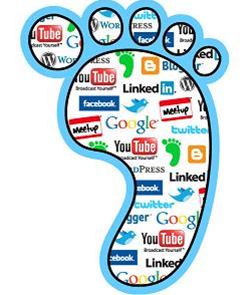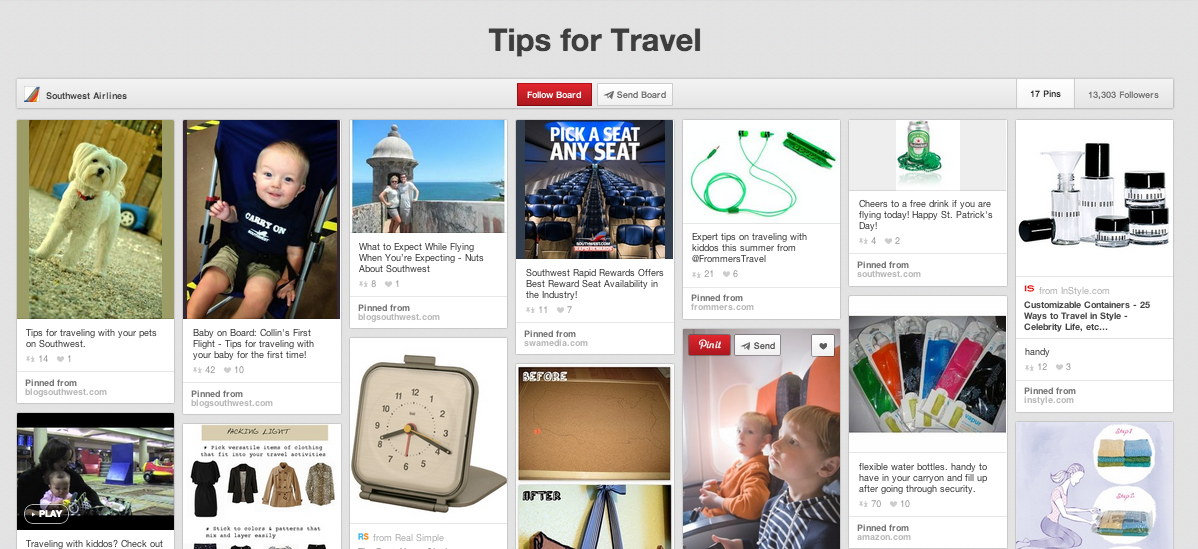If I Were 22 – Advice to Women (From LinkedIn Post)
Note: this post previously appeared on LinkedIn’s series, If I Were 22.
Like many, I have been asked to write for LinkedIn about my advice that I would give to the new college graduates.
Thinking back to when I was 22, which really was not “that” long ago. At least I like to think that is the case. I was full of excitement and ideals when I graduated with my first degree. So, I will share some thoughts/advice focused on women graduates.
1. Listen – learn to really listen. Women tend to be better listeners by nature, but never lose that skill. Being able to listen to people gives you the ability to hear many things. You learn a lot about people, how they communicate and what they communicate. But really, it is more than just listening, it is also observing.
When you can listen and observe with skill, you learn more about people than you would ever expect. This skill will become increasingly important as you mature and your career grows. Never forget to listen (and observe).
2. Fight your Doubts – I recently became more aware that women have more inner doubt than men. Reading The Confidence Code has been very interesting. Many thoughts I have had over my career, I thought I was alone and never really shared my inner doubts, out of fear. Turns out that I am like every other woman I know. Over the years, I have learned to squash those thoughts and move past them, thankfully. However, I am now having those conversations to help and mentor those coming behind me.
Women don’t need to doubt their experience or expertise. We should embrace it and each other.
3. Support your Female Colleagues – The more we support and nurture each other through our careers, the better it will be for all of us, and in particular new graduates. Prove the stereotype wrong. Women can work together AND we can and do make a difference.
4. Find your Voice – Along with fighting your inner doubts and supporting your female colleagues, find your own inner voice and learn to speak up and often. I am not saying to speak just for the sake of speaking, but rather share your ideas and question practices and ideas that don’t make sense. Provide your solutions and ideas. Don’t be afraid. The worse that can happen is that someone says “no”.
5. Embrace Change – This is a bit cliche, but the only constant is change. It is true. The more comfortable I became with change, the better my career was. I could bounce back quicker from setbacks, learn new skills quicker and generally be happier than those that could not. If things aren’t changing in your career I would question that. Embracing change will always help you advance.
6. Forgive – Crap happens to everyone. Sometimes things will happen that hurt you. Sometimes things will happen to you that hurt you. Learn to forgive and move on. Learn from the experience and use it as your mature.
7. Network – This is probably one of the biggest things that women need to learn to do well. It took me quite a while to learn this and to focus on doing it. I know a lot of people and don’t have trouble meeting people, but networking is an art all on its own. Many years later I still work to hone this skill. I wish I had started to learn this just out of school! Having a solid network has come in handy for my professional goals numerous times. I am both humbled and grateful that I have made the connections I have. I have learned a lot from some pretty amazing people over my career.
8. Have Fun – Always remember to have fun and enjoy what you are doing. Life is too short to not have fun. If you aren’t having fun, you need to either create your own fun, or move on to something that will make you happy. Chance are if you are not happy, you are not operating at the best you can and you might be making others unhappy.
So, if I were 22 again, these are the things that I wish someone would have sat me down and said: “Heather, here are 8 tips you need to know, understand and live by. They will serve you well.” If only a few new graduates take this advice, I will be happy. Of course the more the merrier.
If you like this post, feel free to connect on Twitter: @MacLeanHeather












